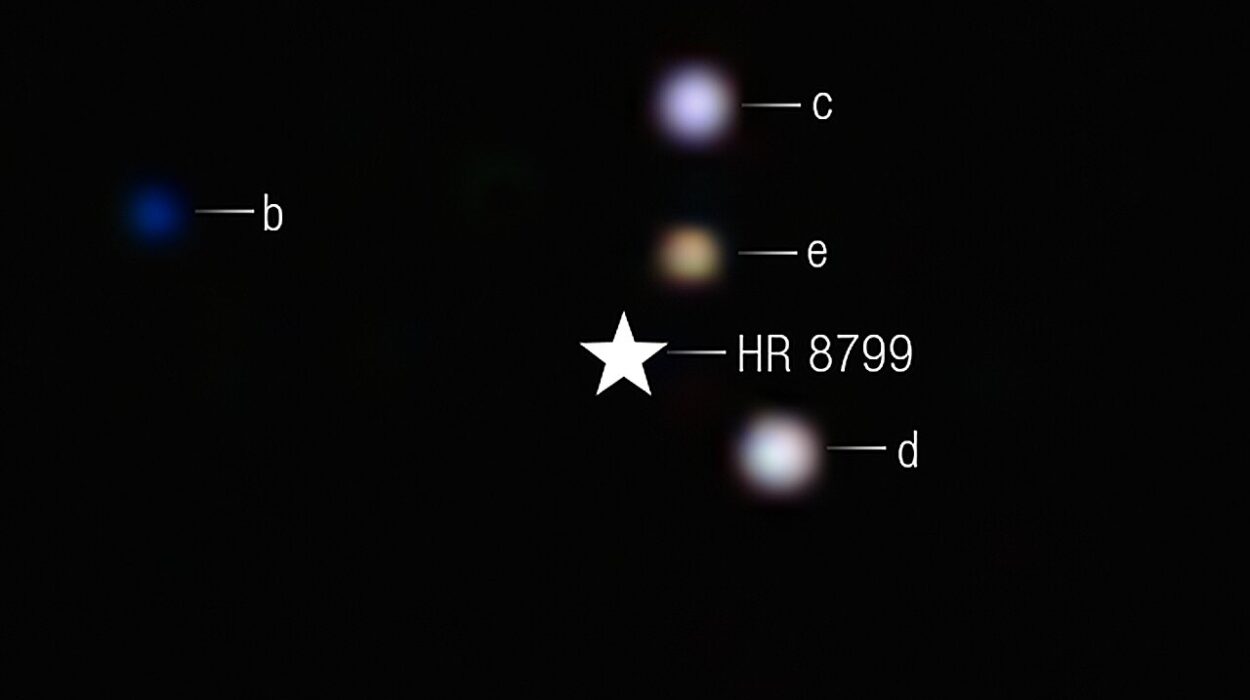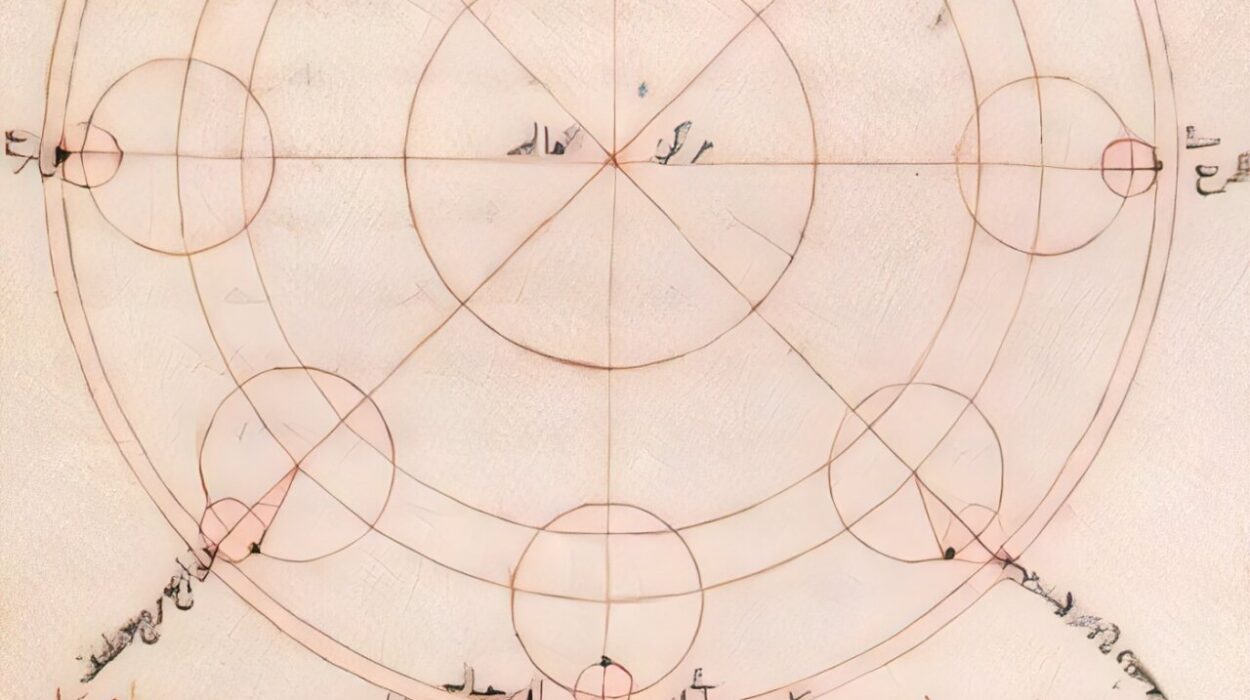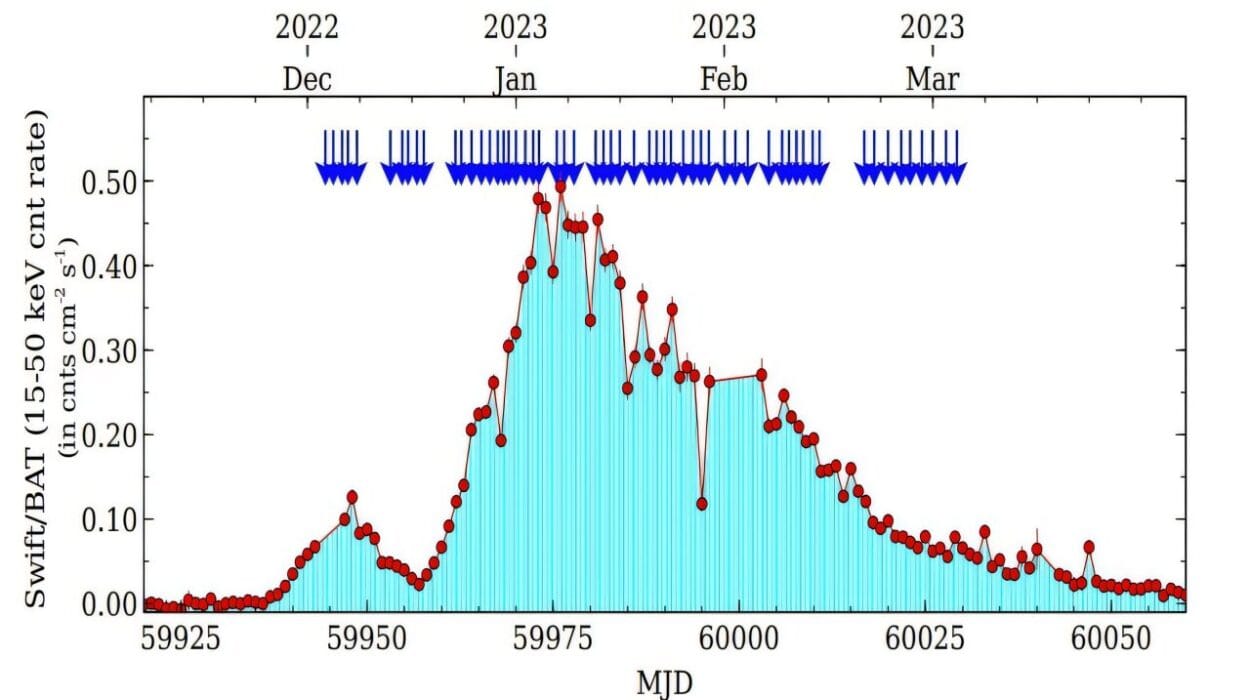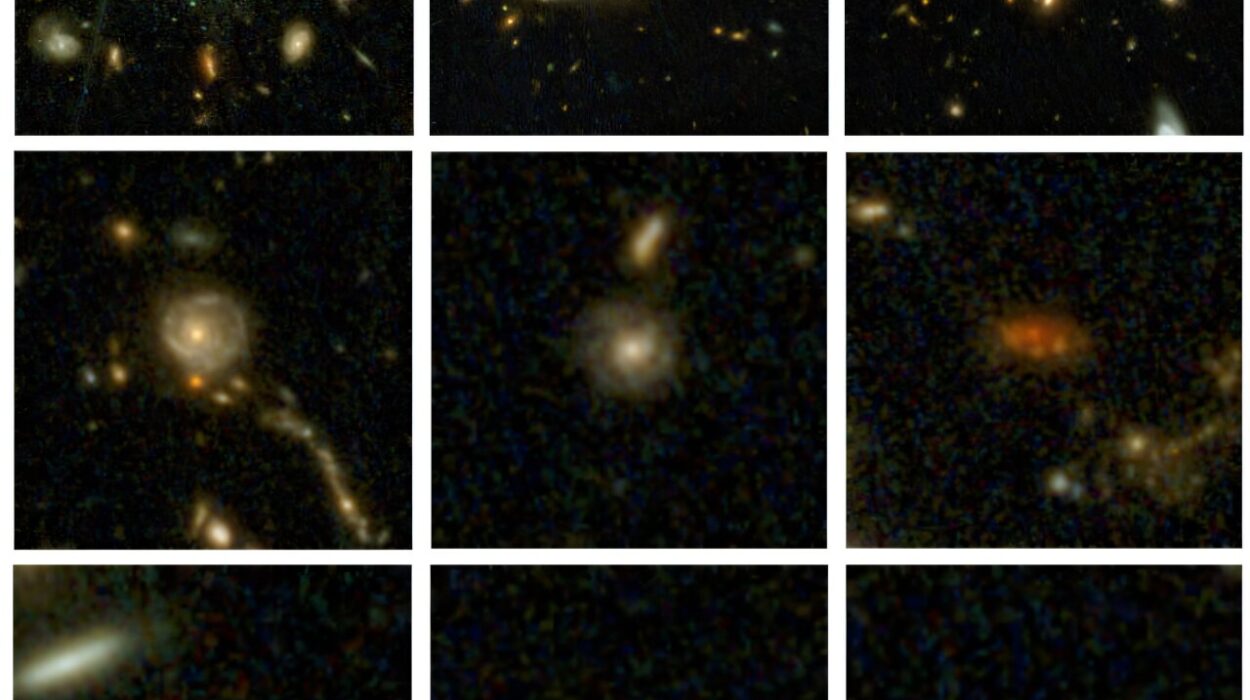When sunlight filters through a misty atmosphere just right, nature unveils wonders—rainbows arching across stormy skies or shimmering halos encircling the sun. These brilliant displays are captivating, but beneath their beauty lies a deeper story about how sunlight—specifically, shortwave radiation—interacts with our planet. This dance between solar energy and Earth fuels not only meteorological marvels but also shapes the climate, nourishes ecosystems, and drives technological innovations.
A new perspective article published in Advances in Atmospheric Sciences by atmospheric scientist Jake Gristey brings this invisible story into sharper focus. Gristey, affiliated with the Cooperative Institute for Research in Environmental Sciences (CIRES) at the University of Colorado Boulder, the Laboratory for Atmospheric and Space Physics (LASP), and NOAA’s Chemical Sciences Laboratory, explores how shortwave radiation research is unlocking secrets about Earth’s energy balance and pushing the frontiers of climate modeling, satellite sensing, and environmental science.
The Power of Shortwave Radiation
Shortwave radiation refers to the portion of the solar spectrum that includes visible light, ultraviolet, and near-infrared wavelengths—energetic rays that travel from the sun to Earth. While it accounts for a fraction of the electromagnetic spectrum, its influence on Earth is immense. This radiation is responsible for warming the surface, fueling photosynthesis, driving weather patterns, and powering solar technologies.
Yet, despite its importance, shortwave radiation doesn’t simply stream uninterrupted to Earth’s surface. As it travels through the atmosphere, it encounters clouds, gases, dust, aerosols, and even urban skylines. These interactions—absorption, scattering, and reflection—are complex, variable, and sometimes unexpected. Understanding these processes requires high-resolution observations and sophisticated models.
“There’s traditionally been a lot of interest in understanding shortwave radiation variability,” says Gristey. “Real-world applications that directly benefit society are numerous, from agriculture to renewable energy to air quality.”
In his new study, Gristey highlights three cutting-edge research challenges and opportunities in this field, each carrying profound implications for how we perceive and protect our world.
The Modeling Blind Spot: Missing the Horizontal Story
Modern atmospheric models are marvels of complexity, simulating weather, climate, and energy dynamics across the globe. These models divide the atmosphere into stacked vertical columns to simplify calculations. However, there’s a hidden flaw in this method—each column is treated like an isolated pipe, ignoring the horizontal transport of sunlight.
Shortwave radiation doesn’t only shine down—it can scatter sideways, especially in conditions with clouds, terrain features, or aerosols. This lateral movement, while subtle, can significantly affect energy distributions at smaller scales.
“Shortwave radiation transport in the horizontal direction—or between columns—is therefore unaccounted for,” explains Gristey. “As models move toward finer spatial grids, this omission becomes increasingly problematic.”
As weather and climate models grow more detailed, capable of resolving microclimates and urban effects, the neglect of horizontal radiation transport becomes a glaring weakness. Including this overlooked process will be vital for refining forecasts, improving urban climate planning, and understanding the true nature of solar energy’s journey across the planet.
Time Gaps in Satellite Eyes: The Missing Hours
Satellites have transformed our understanding of Earth’s radiation budget. Orbiting high above, these instruments record the sunlight reflected by clouds, oceans, forests, and cities. But even this bird’s-eye view has blind spots—most current satellites only measure shortwave radiation during specific windows of the day, often dictated by their orbital paths.
Yet sunlight is not a constant presence. As Earth rotates, the angle and intensity of sunlight shift, causing dramatic changes in reflectivity—especially over bright surfaces like deserts or clouds. By only sampling brief moments, current satellites risk missing important transitions that affect climate models and energy assessments.
“Shortwave radiation reflected by Earth can change drastically throughout the day, but many satellites only measure limited parts of the day,” Gristey points out.
The solution? A new generation of small satellites equipped with miniature yet powerful sensors. Thanks to recent advances in aerospace engineering and sensor miniaturization, it’s now possible to deploy constellations of low-cost satellites that can sample the entire diurnal cycle of shortwave radiation. With multiple satellites capturing data from dawn to dusk, scientists could build a truly dynamic portrait of how sunlight interacts with the Earth.
Such a leap would enhance everything from solar energy forecasts to crop yield predictions to wildfire smoke tracking—real-world applications with both economic and environmental stakes.
The Spectrum Tells a Story: Unraveling Colorful Clues
We often think of sunlight as white light, but it’s a rich spectrum of colors—from violet to red and beyond. Each wavelength behaves slightly differently as it bounces off clouds, soil, vegetation, and human structures. This spectral fingerprint holds a treasure trove of information.
“Shortwave radiation is actually composed of a spectrum of different colors—or wavelengths—that hold vast information,” says Gristey. These variations can reveal changes in surface albedo, cloud composition, aerosol types, and even pollution levels.
By analyzing spectral reflectance—how different surfaces reflect various wavelengths—scientists can detect environmental changes with surprising precision. Is a forest healthy or stressed? Has a glacier darkened due to soot? Are urban heat islands growing? The spectral signature of shortwave radiation offers answers.
Gristey’s study argues that combining spectral data with next-gen satellite platforms will unleash a new era in Earth observation. With precise measurements across many wavelengths, scientists could detect environmental tipping points earlier and monitor rapid changes like urban expansion or deforestation in near real-time.
A Legacy of Discovery and a Future of Possibility
Shortwave radiation research has deep roots. For over a century, scientists have pondered how solar energy interacts with the Earth. From early pyrheliometers to today’s satellite constellations, each technological advance has peeled back another layer of the Earth’s complex energy dance.
Gristey’s paper builds on this tradition, not only illuminating the challenges ahead but also offering a hopeful path forward. His perspectives come from a career already marked by innovative work, and his recognition with the 2024 International Radiation Commission Young Scientist Award at the International Radiation Symposium affirms the importance of this research.
But beyond awards and technical papers, the real excitement lies in what these insights can do for society. With better radiation modeling, cities can design smarter buildings. With continuous satellite monitoring, farmers can anticipate droughts. With detailed spectral analysis, conservationists can detect illegal deforestation. This is science at its most applied—where photons and equations meet real-world impact.
Bridging Science and Society
Shortwave radiation may be invisible to the naked eye, but its effects touch every part of our lives. From the warmth on our skin to the food on our plates to the energy powering our homes, the story of sunlight is also the story of civilization.
Gristey’s work reminds us that by studying even the most subtle interactions—light scattering sideways, spectral shifts in color, missing hours in satellite data—we can better understand and protect our planet. This isn’t just about equations on a chalkboard; it’s about preparing for a rapidly changing world where knowledge is our best defense.
In the end, perhaps the most profound aspect of shortwave radiation research is its ability to connect the vast to the intimate—the sun’s 150-million-kilometer journey to a beam of light warming a leaf, powering a solar panel, or illuminating a child’s face. The more we learn about this invisible force, the more we come to appreciate the intricate web of interactions that sustain life on Earth.
And in that light—both literal and metaphorical—we find not only knowledge but hope.
Reference: Jake J. Gristey, A Perspective on Shortwave Radiative Energy Flows in the Earth System, Advances in Atmospheric Sciences (2025). DOI: 10.1007/s00376-025-5061-x






